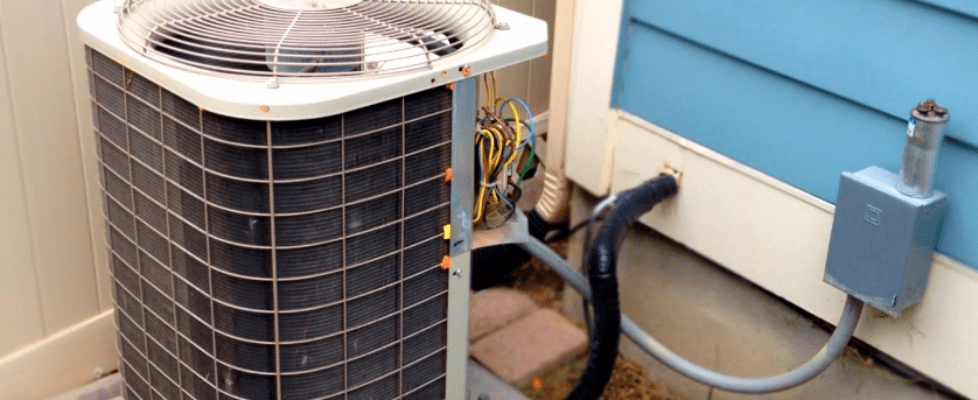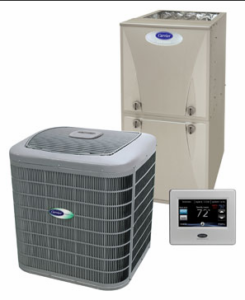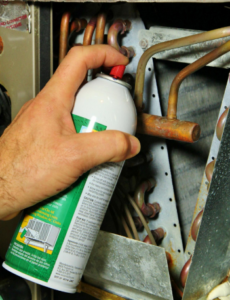Steps in Keeping Your HVAC Unit Working At Its Highest Efficiency.
For your HVAC unit to work efficiently it needs regular attention. Maintaining your HVAC not only ensures that you save money on energy, but you are able to extend its lifespan and also save on the cost of early replacement. Your HVAC system consists of: heat pump, a furnace and AC.
The heating and cooling system, both have the interior unit, which is the evaporator and the blower; an exterior unit which is the compressor and condenser coil.
Steps For Ensuring Your HVAC Unit Works Efficiently
Step 1
Turn off the power; this is due to the dangers that are there in working with, the air-conditioner moving parts and with the electricity turned on. Turn off the power completely. Look for the exterior shut-off box which is near the exterior condenser unit. Also turn off the power on the breaker box that is indoors.
Step 2
Remove the debris by removing the fan cage on the exterior condensor. With a screwdriver, unfasten and lift away the fan grill from the top of the unit. You can use a hand or a wet/ dry vacuum to clean the interior by removing the debris and leaves.
Step 3
Cleaning the fins, this is done by removing the outer cover and using a powerful shop vacuum, attached with a brush to clean the outside of the HVAC. Use a gentle stream from a hose garden to spray through the fins, which is in the inside. This is to remove built up dirt or debris between the fins.
A pressure washer is never used as it can damage the fins. You can use a fin cleaning spray to clean if the fins are particularly dirty. Ensure you follow the manufacturer instructions.
Step 4
Straighten the fins, for any reduction in air-flow results to reduce efficiency of the HVAC. You can use a commercially fin- straightening tool; that is available or a butter knife to straighten bent fins. Be very careful so as not to damage the tubing embedded in the fins.
Step 5
Cleaning the area around the unit and replace the fan cage once you’re through. To ensure a proper airflow around the unit cut the vegetation around it to 2 feet all around. In winter the condenser is not in use. Therefore, cover the top of the unit with plywood or plastic. This will keep the debris from falling inside.
Do not cover the sides of the unit because moisture will build up in the inside causing corrosion.
Step 6
Level the unit with time because, soil settles beneath the pad of the condenser unit leading it to tip. The condenser unit can cause the compressor to fail early due to an out of level condenser. Look at the condenser for level; you can use the rot-resistant shims to bring the condenser to level.
Step 7
Clean the evaporator coil by using a soft brush in order to dust the coil, spray the coil using no-rinse coil cleaner that is commercially available. For you to clean the evaporator coil you may need to remove some of the foil duct tape plus take out some bolts.
The used spray will foam up and drip in the drain pan, you can then clean the drain pan with hot water, a little bleach and soap. Pour down a cup of 50% bleach and 50% water in the drain pan.
Step 8
Clean the plugged evaporator drain using a wet/dry vacuum, you can remove the paper filter of the wet/dry vacuum cleaner so that the filter is not ruined. Hold a rag around the gap when the hose of the vacuum is at the end of the drain line. Allow the vacuum to run for 2 to3 minutes in order to remove all the biological growing matter.
Step 9
Change the blower filter at least twice in a year. This can be done once before the heating and cooling seasons begins. If you live in dusty areas you will have to change it more frequently. Make sure to change the air filter with a filter that has the same airflow rating.
Step 10
Turn the power on to allow your HVAC to run again. It is important for you to note that there is some maintenance that requires a trained HVAC professional to do, for instance repairing a slow refrigerant leak in your HVAC system.
Maintaining your HVAC ensure that the system works efficiently, you can use the mentioned steps for maintaining your HVAC system.



